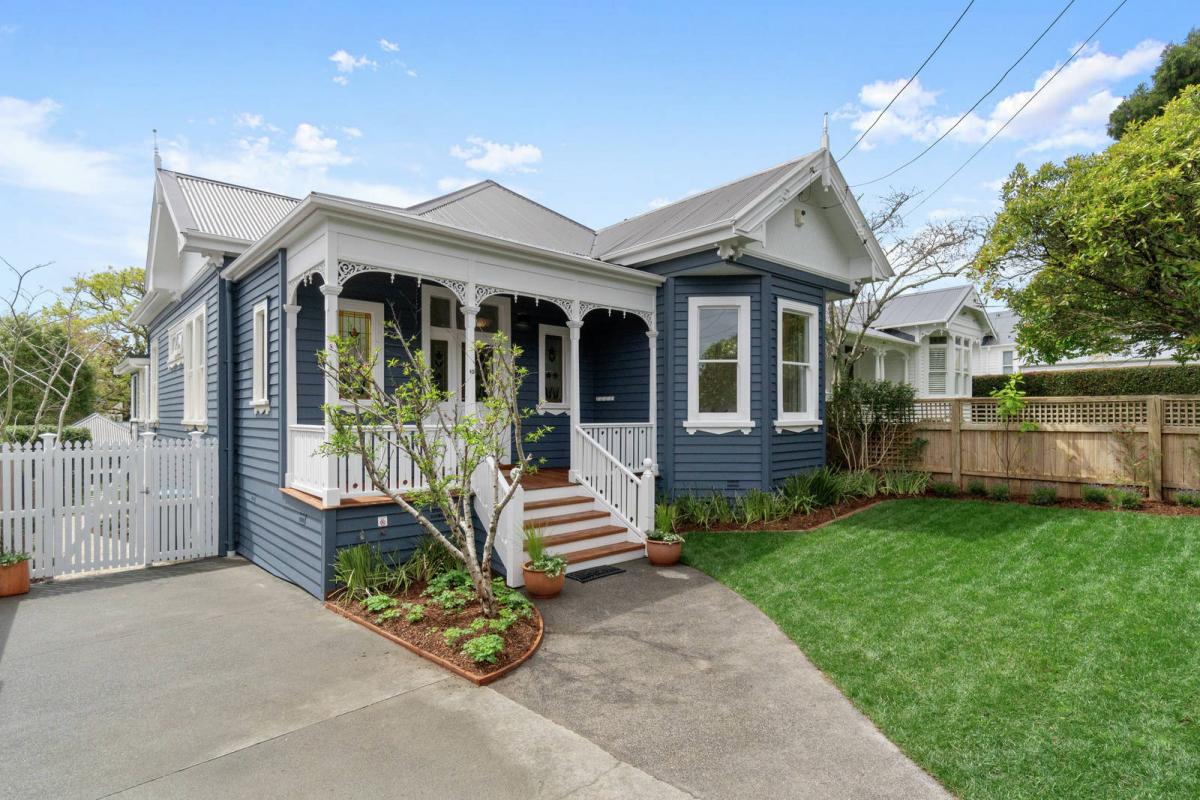Harbour Bridge lane closure - protests
The Treaty Principles Bill was introduced to parliament last week and could have ramifications on the partnership between the Crown and Māori.
Hīkoi mō te Tiriti (March for the Treaty of Waitangi) set off from Cape Rēinga on Monday morning and is expected to reach Wellington next Tuesday. It has now passed through Kaitaia, Kawakawa, Whangārei, Dargaville and is passing through Auckland on Wednesday.
What you need to know today:
- The hīkoi is due to cross the Auckland Harbour Bridge about 9.30am on Wednesday. Two northbound lanes will be closed at some point before the crossing, and remain closed during it.
- NZTA shared at 8:50am Wednesday:
'Curran St northbound on-ramp will be closed shortly, with two northbound lanes on the Harbour Bridge expected to close from approx 9.30am this morning. Allow extra time for likely delays through this area.'
- The hīkoi is expected to go across the Harbour Bridge, in a controlled fashion before marching through parts of the CBD towards Okahu Bay.
- Auckland commuters should expect traffic disruption in vicinity of both sides of the Harbour Bridge.
Stuff reporter Steve Kilgallon was at Stafford Park on the north side of the Harbour Bridge at 8.30am Wednesday and shared:
"I just walked through Stafford Park, where there’s about 400-500 people quietly assembled and more arriving; and about 20 police standing over near the motorway off ramp. Lot of Tino Rangatira flags in evidence, local streets very busy with parked cars."
Police have shared that they will respond accordingly to any issues that may arise along the route.

Some Choice News!
Many New Zealand gardens aren’t seeing as many monarch butterflies fluttering around their swan plants and flower beds these days — the hungry Asian paper wasp has been taking its toll.
Thanks to people like Alan Baldick, who’s made it his mission to protect the monarch, his neighbours still get to enjoy these beautiful butterflies in their own backyards.
Thinking about planting something to invite more butterflies, bees, and birds into your garden?
Thanks for your mahi, Alan! We hope this brings a smile!

Poll: Are our Kiwi summer holidays helping us recharge, or holding the economy back? ☀️🥝
There’s growing debate about whether New Zealand’s extended Christmas break (and the slowdown that comes with it) affects productivity.
Tracy Watkins has weighed in ... now it’s your turn. What’s your take? 🤔

-
71.6% We work hard, we deserve a break!
-
18% Hmm, maybe?
-
10.4% Yes!
Have you seen Rowena?
Police are urgently appealing for sightings of Rowena, 39, reported missing from Christchurch.
She was reported missing to Police on 22 October 2025, and was last seen on 14 August 2025. Rowena hasn’t been in contact with her children and her family are worried for her safety.
Police investigating her disappearance have identified her as being in Auckland, Tauranga and Christchurch in the recent months prior to her missing person report being made.
If you have seen Rowena, or have any information regarding her whereabouts, please contact us immediately.
You can contact us via 105 either over the phone or online at 105.police.govt.nz, clicking “Update Report” and referencing file number 251022/9026.
Information can also be provided anonymously via Crime Stoppers on 0800 555 111.







 Loading…
Loading…




